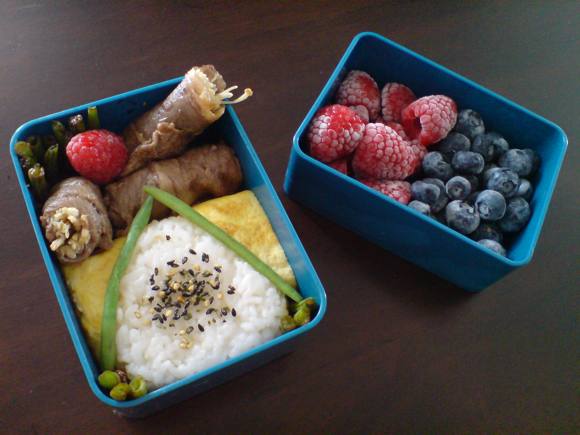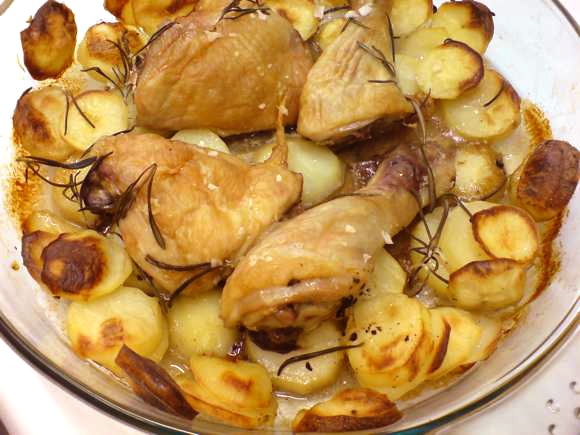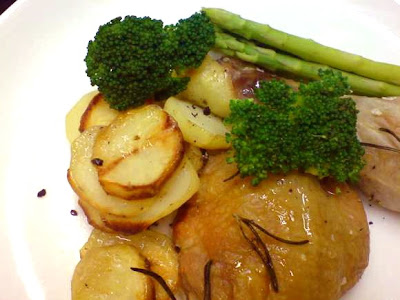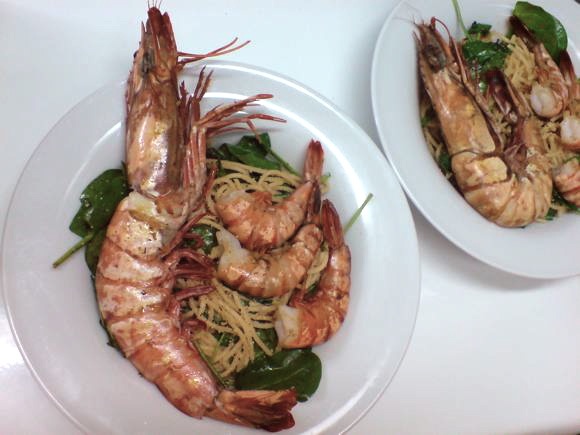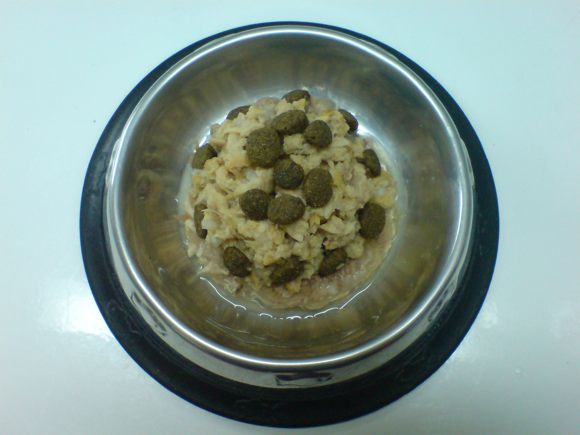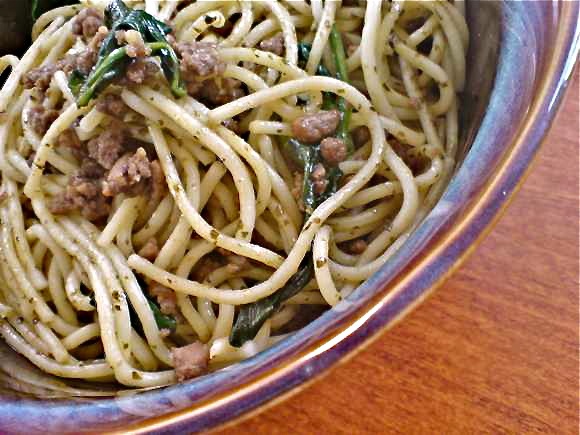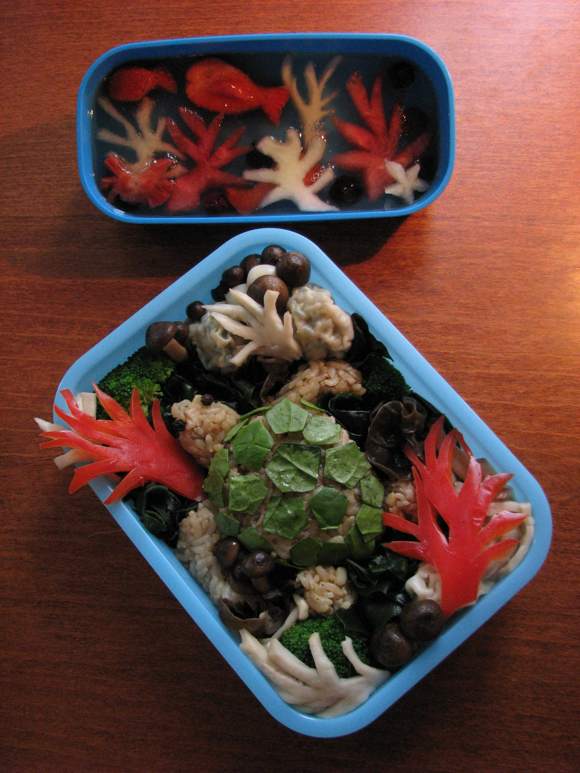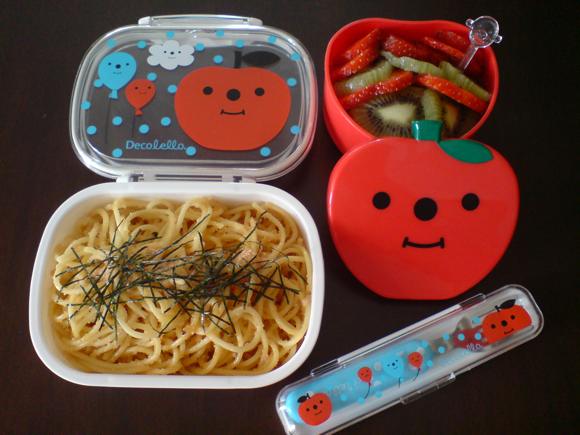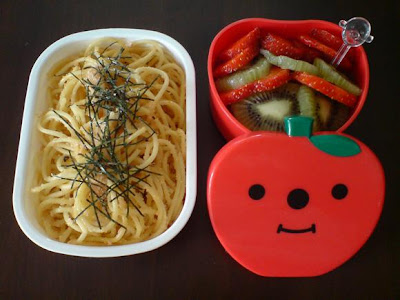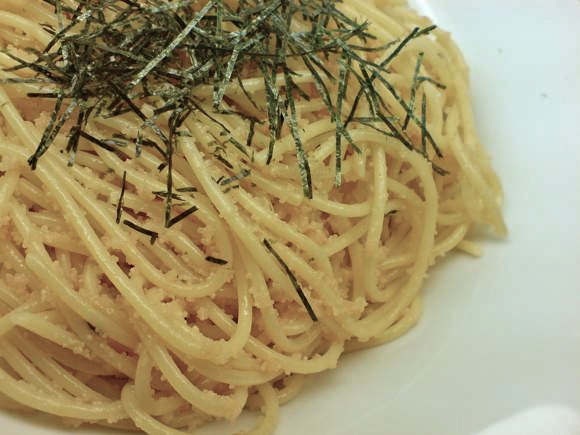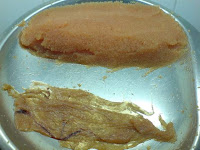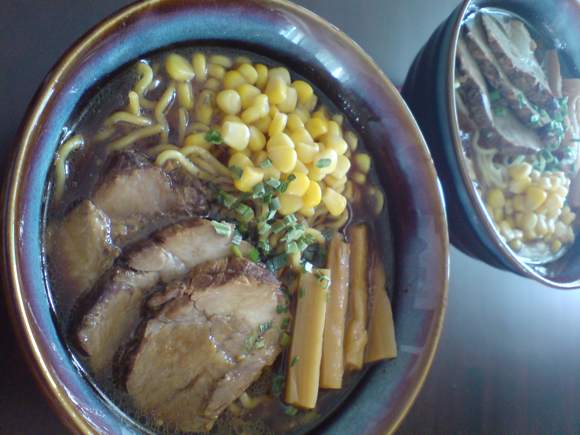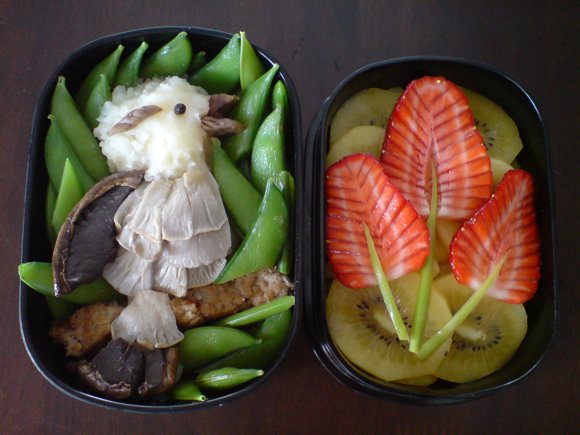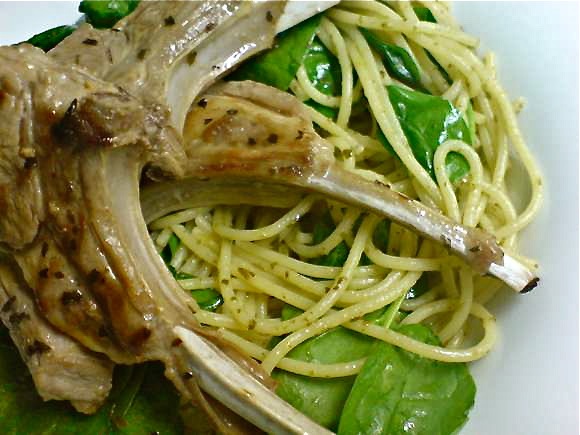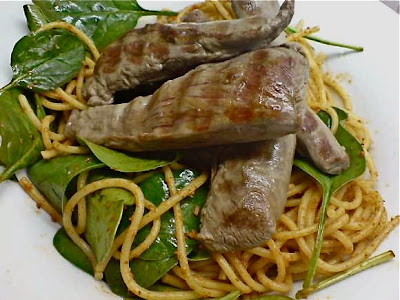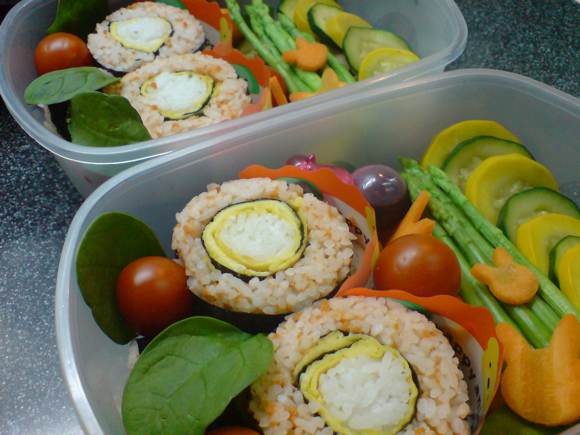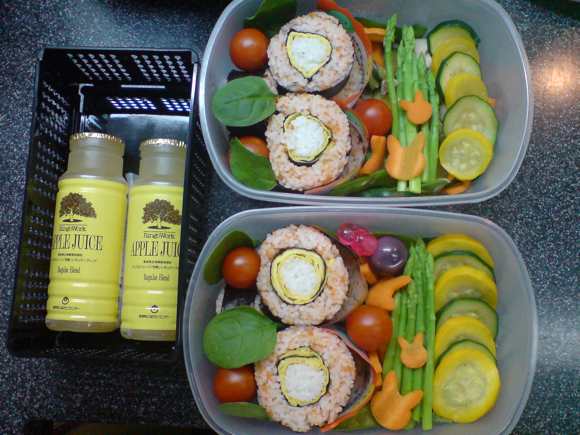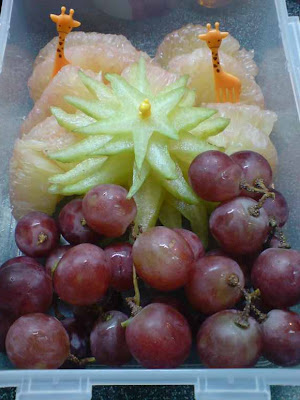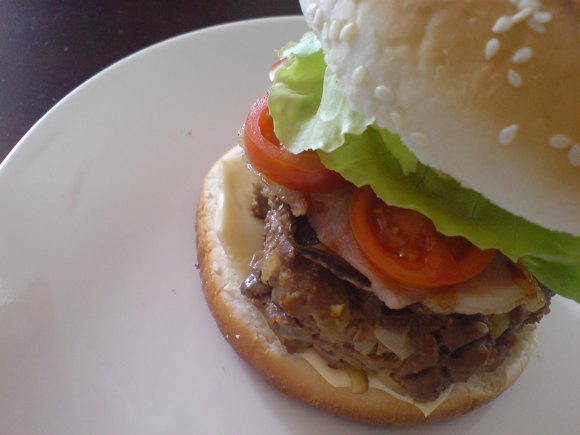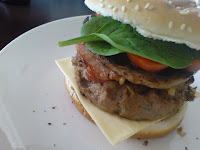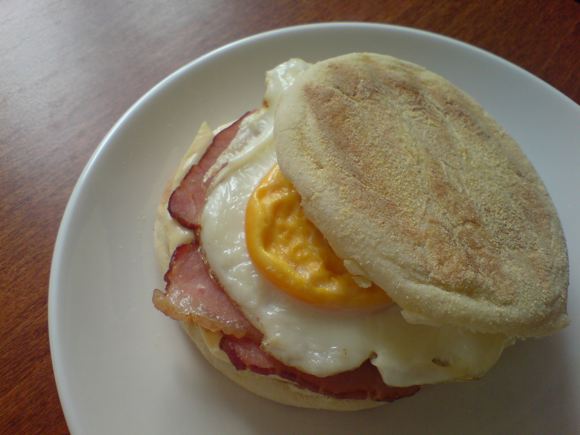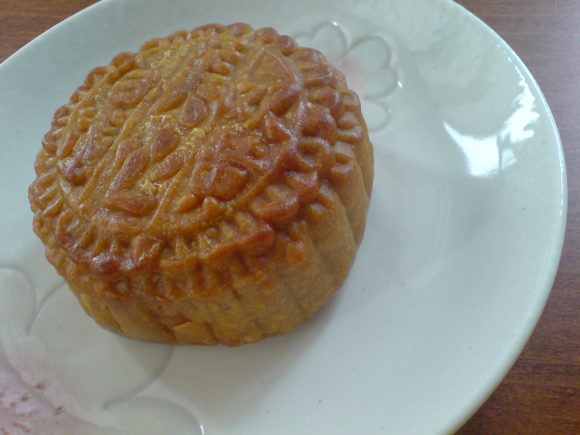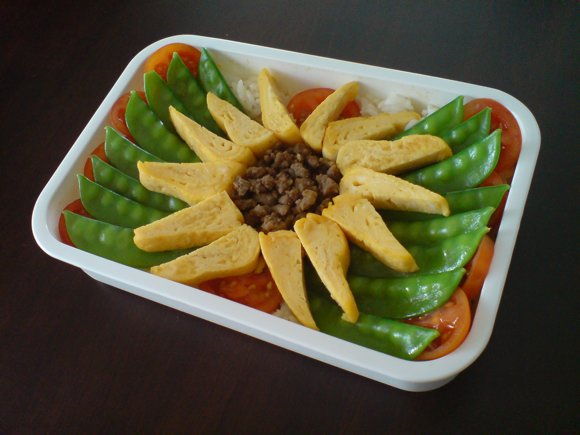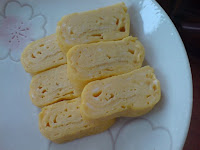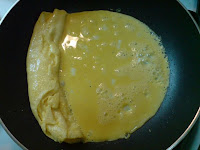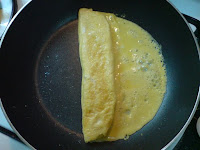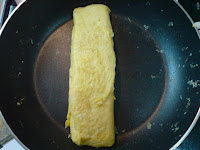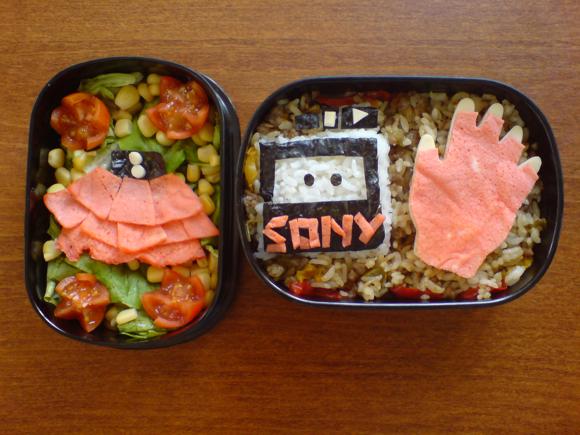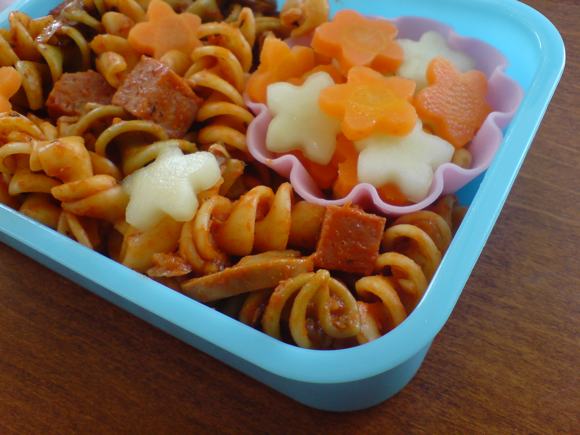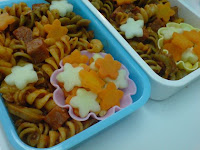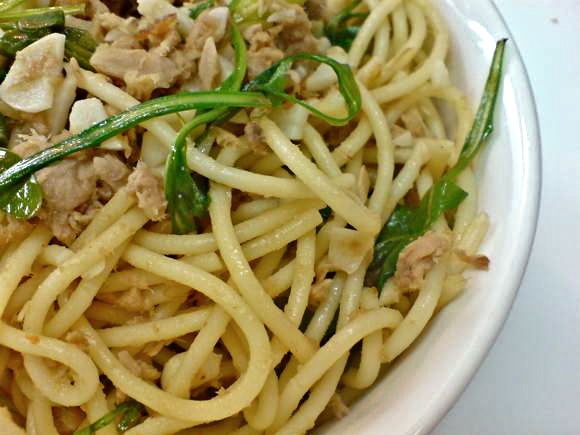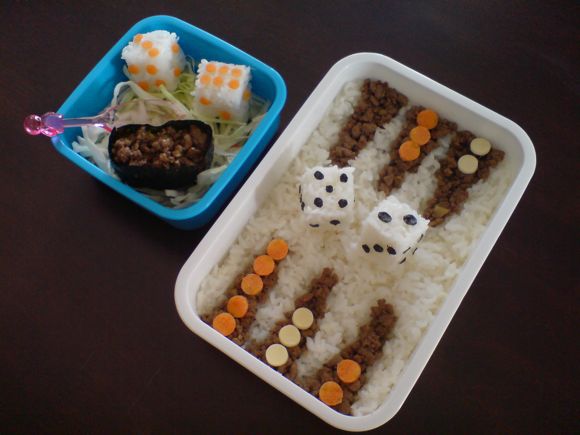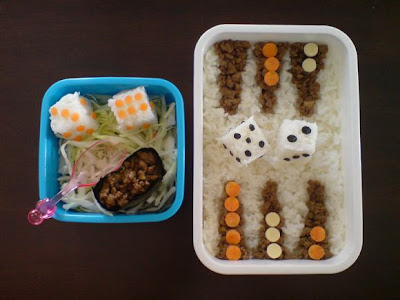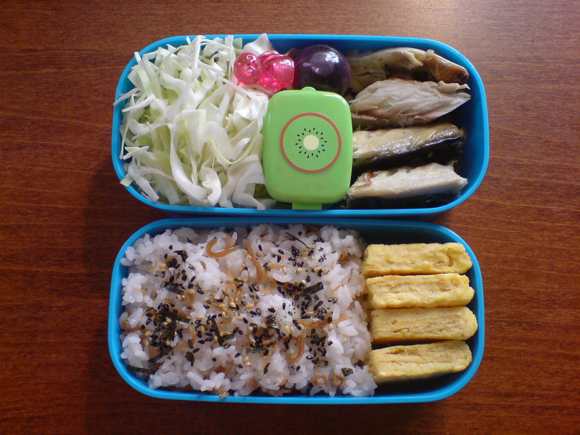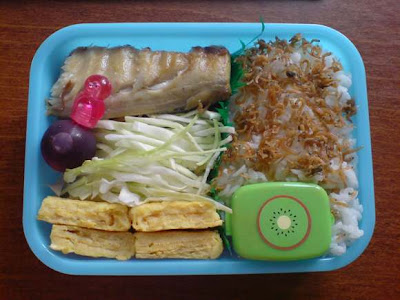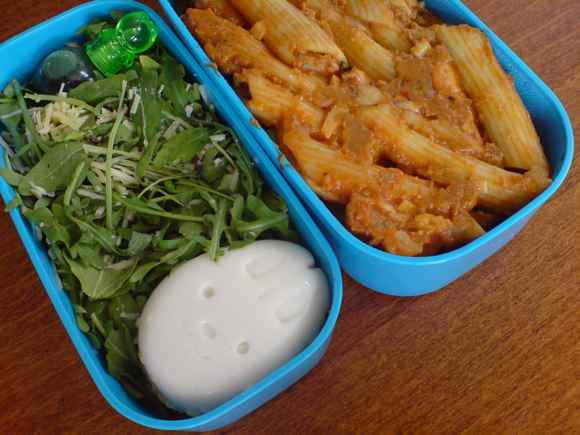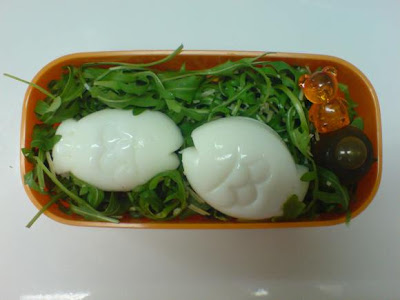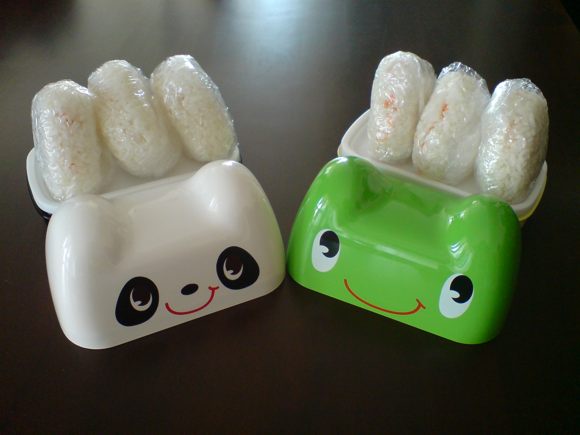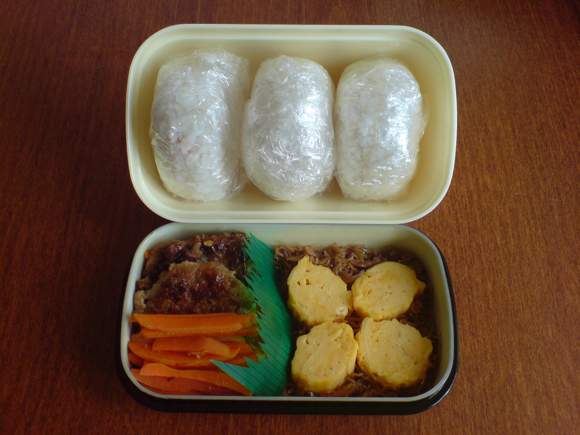Here's where things get a little hazy. The Festival probably had its origins in ancient China, when emperors (and then later, the common people) offered sacrifices to the sun in spring and the moon in autumn. Some say farmers celebrate the end of the summer harvest season on this day, and others worship the moon goddess. In today's context, the festival is a celebration of abundance and family (rather like American Thanksgiving), where families gather for dinner, mooncake is eaten and given to family and friends as gifts and children carry lanterns and parade around under the bright moon.
Myth of Chang'eThere are many different versions of a beautiful lady/goddess who lives on the moon, Chang'e (also Ch'ang-O, Chang-Ngo). Although the story changes greatly with each version (eg. she loves her husband/hates him, she steals an immortality elixir, or takes it so the enemy doesn't get his hands on it, etc.), all variations generally explain how Chang'e ends up taking an elixir/pill and floats up from earth to the moon. The different versions usually include mention of Houyi (the archer/hunter/husband), an emperor, an enemy and some elixir of life/immortality pill. Generally accepted is Chang'e's companion - an immortal rabbit who lives on the moon and mixes immortality elixirs.
The versions are all so different that it seems incomplete (and yet necessary) to mention just one (taken from Wikipedia). If you are interested, you can read some of the other versions
here and
here.
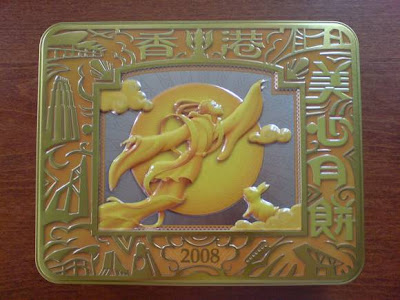
Chang'e, a beautiful young girl working in the Jade Emperor's Palace, was married to an immortal, Houyi. One day Houyi was slandered by jealous immortals before the Jade Emperor, and he and Chang'e were banished from heaven and forced to live on earth. Houyi became a famous archer. At that time, there were 10 suns, but one day, all 10 suns circled together, causing the earth to burn. The Emperor of China commanded Houyi to shoot all but one sun down. When he had done this, the Emperor rewarded him with a pill of immortality and asked him to pray and fast for a year before taking it. Houyi returned home and hid the pill under a rafter. Chang'e, noticing a white light from the rafters, discovered the pill and swallowed it. She found she could fly. Houyi returned home at this time, started to scold her, so she flew out the window. Houyi chased her across the sky, but had to return to earth due to the force of the wind. Chang'e reached the moon, and as she was breathless, coughed. Part of the pill fell out of her mouth. She asked the rabbit who was on the moon to make another pill out of it so she could return to earth to her husband. Apparently, the rabbit is still pounding herbs, trying to make the pill. Houyi built a palace in the sun, and once a year, on the 15th day of the full moon, he visits his wife, which is why on that night, the moon is full and beautiful.
Mooncakes & History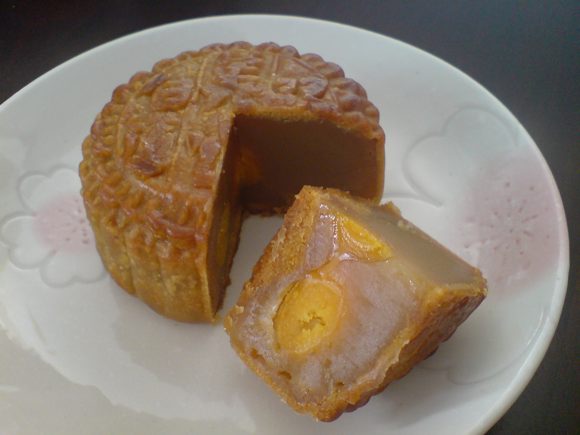
The food most associated with the Mid-Autumn Festival is the mooncake (yuèbĭng "moon biscuit"). The mooncake is a round or rectangular Chinese pastry with a thin, sweet-oily dough crust and a thick sweet filling inside, traditionally made out of lotus seed paste. A standard size mooncake is around 8 - 10cm in diameter and 4 cm thick. As mooncakes are very rich and dense, people usually cut them into smaller wedges to share and eat. Smaller, mini sized mooncakes are also sometimes available.
Many mooncakes contain a whole, salted egg yolk inside, which represents the full moon. You can also find mooncakes with no yolk, 2 or 4 yolks inside. Crusts can be chewy, flaky, or tender according to regional preferences and are often imprinted with a design, such as the Chinese character for "longevity", "harmony" or the name of the store that made them. As making a mooncake is quite a labour intensive process, people seldom make their own.
There are now many different mooncake fillings available, from the more traditional yellow or white lotus seed paste, to red bean paste, mung bean paste, and yam paste. With the advent of the unbaked snow-skin mooncake (made from glutinous rice flour, sugar and shortening) and jelly mooncakes, the range of fillings available exploded and includes everything from ice-cream to durian, jackfruit, chocolate, coffee, green tea and birds nest flavoured pastes.
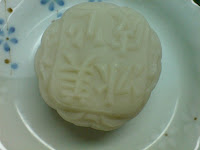
A milk-tea flavoured snow-skin mooncake.
